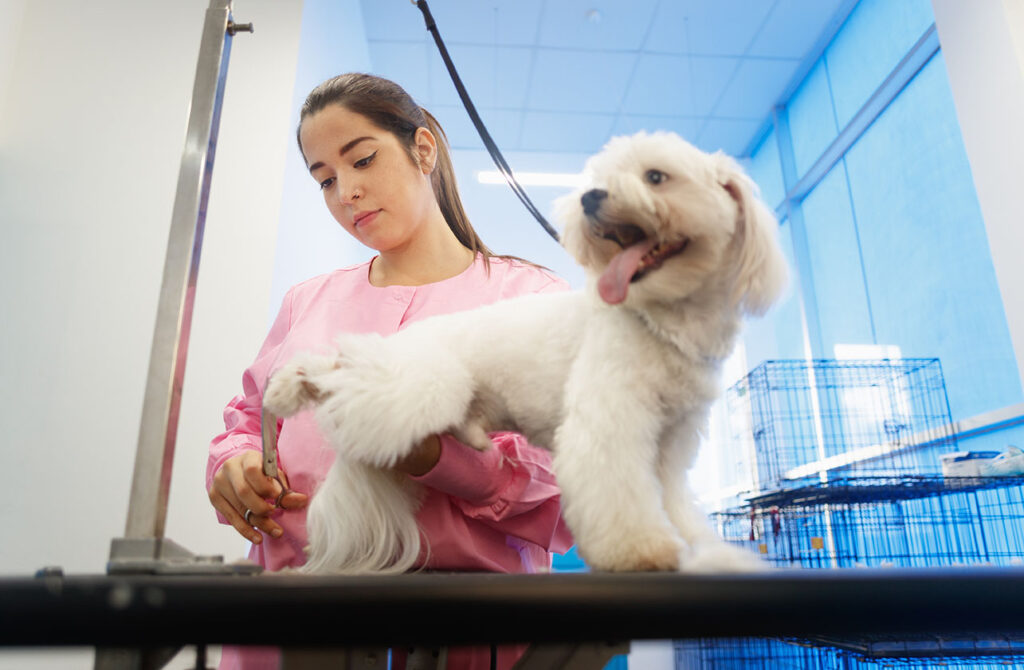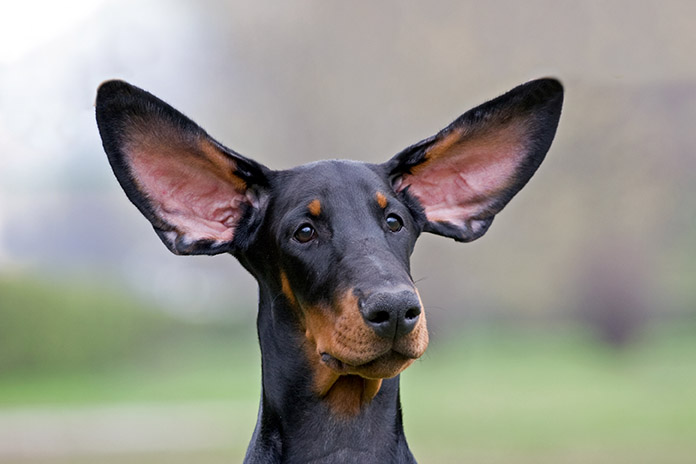Are you on the fence about adopting a dog? Dogs come in all shapes, sizes, and personalities, and there are many dogs searching for the right owner.
But would you be a good dog owner? If you can’t decide whether introducing a dog into your life is right for you, here are some signs that you’re the perfect person to adopt and love a dog.
You Don’t Mind Having a Constant Companion
A dog’s brain is wired in a way that makes them perfect helpers to humans, unlike cats who prefer to do things on their own time, not yours. They are extremely loyal, but this isn’t the only reason people enjoy the company of dogs.
Dogs like to be with you every minute. In fact, they might follow you into the bathroom! If you don’t mind wet noses pushed into your lap, a wagging tail when you return to a room after only being gone for a minute, and sheer exuberance much of the time, a dog might be for you. But ost dog owners wouldn’t have it any other way. And for a dog, it’s like Christmas every time their owner arrives home.
You Enjoy a Little Sloppy Affection
They cover your face with sloppy kisses when they’re delighted to see you. Germ phobes need not apply. On the plus side, science says dog mouths are cleaner than a human’s. However, the American Kennel Association says the mouths of dogs aren’t necessarily cleaner, but they have a bacterial population that’s incompatible with a human’s and less likely to cause illness. So, be prepared for wet kisses and a cold nose pressed against your face. If you find that comforting, it’s further confirmation that dog ownership is for you!
You Could Use More Activity
Dogs love to stay physically active, and the extra steps you take and hikes you go on because of your dogs are good for you and your four-legged friend. If you’re not getting enough activity, a dog offers just the push you need. Unlike humans, dogs don’t make excuses about taking a walk or a run, they’re ready to go! If you have a thousand excuses why you don’t want to take that 6:00 a.m. walk, one look at your dog will shoot them all down. For dogs, every morning is a new adventure, and that enthusiasm is contagious. Studies show that people who own dogs are four times more likely to meet the suggested physical activity guidelines of 150 minutes of moderate-intensity exercise or 75 minutes of vigorous exercise per week. Your dog can be your motivation to move more and be more active.
You Don’t Mind Being a Leader
Dogs depend on you to be a leader and set boundaries. In turn, they’ll give you love and affection. Setting boundaries and being a strong leader makes a dog feel more secure. In turn, that makes the more well-adjusted. Although it’s tempting to give in to your dog’s every demand, dogs like knowing you’re in charge, and they can feel safe and secure. It’s one less thing for them to worry about. Establish boundaries, but use kindness and positive reinforcement to enforce them.
You’d Like to Improve Your Health
Dogs aren’t merely cute or cuddly pets that are loyal friends and protectors. They even have health benefits. Studies show dogs can lower blood pressure, reduce stress levels, and improve cardiovascular health. Some even show that people who own dogs live longer than those who don’t. There’s no doubt you feel happier after spending time with your beloved pet. So, their companionship is a boost for mental health too. No wonder dogs are often referred to as man’s best friend, because they bring us joy and better health.
The Bottom Line
Would you be an incredible dog owner? If so, do your research and adopt a loyal canine companion. You’ll be rewarded with unconditional love and companionship. Best of all, they never criticize and don’t care what you look like in the morning. Shouldn’t more humans be like that?


